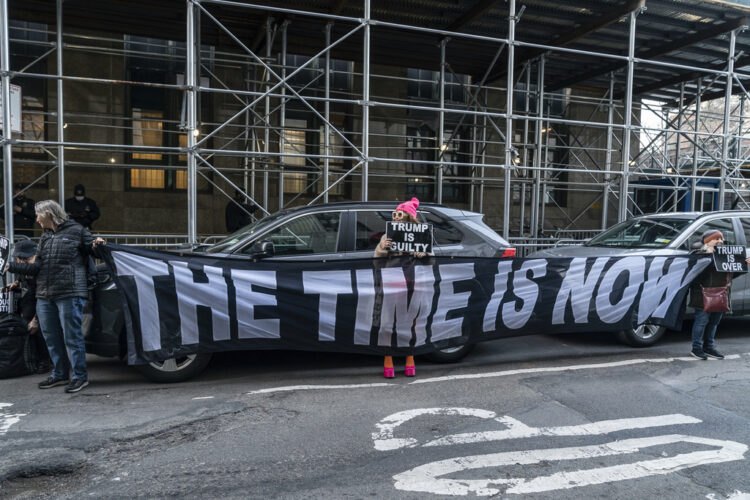Context is a core to good reporting, especially when current events are informed by history, law, geopolitics, culture, economics or the many other things that complicate modern life. A singular moment is seldom that.
Context can, and often should, be woven throughout a story, placed where it helps readers understand various points. But it almost always is needed as a part of the nut graf or nut section, too. Few stories can cover everything about a complex situation, so readers need to know whether a particular story is being told in the context of politics or law or religion, for example. More than anything, tight context signals to readers the significance of an event.
Peter Baker, who has covered five presidential administrations for The New York Times, delivered a marvel of a contextual writing in his deadline piece posted soon after the criminal indictment of former U.S. President Donald J. Trump. Of course, speculation about a possible indictment has been swirling for months, and grew intense in recent days, so Baker no doubt had a few stories teed up depending how the news actually broke. That, too, is smart reporting.
His piece, as a whole, is sharp news with a weave of reaction, law, politics and history. It uses nut grafs as the actual lede.
His first graf starts with a contextual clause, repeated in a second sentence for purposeful emphasis. Note that the seven words that start the sentence are echoed exactly at the end of the second sentence, adding to the impact.
For the first time in American history, a former president of the United States has been indicted on criminal charges. It is worth pausing to repeat that: An American president has been indicted for a crime for the first time in history.
In that treatment, the indictment itself plays second fiddle to the significance it holds.
Then Baker dishes up two paragraphs that deepen that context, sweeping in a concise reminder of the tenor of the Trump era, then placing that era and this week's decision in the context of all of American history.
So many unthinkable firsts have occurred since Donald J. Trump was elected to the White House in 2016, so many inviolable lines have been crossed, so many unimaginable events have shocked the world that it is easy to lose sight of just how astonishing this particular moment really is.
For all of the focus on the tawdry details of the case or its novel legal theory or its political impact, the larger story is of a country heading down a road it has never traveled before, one fraught with profound consequences for the health of the world’s oldest democracy. For more than two centuries, presidents have been held on a pedestal, even the ones swathed in scandal, declared immune from prosecution while in office and, effectively, even afterward.
No longer. That taboo has been broken. A new precedent has been set.
From there, Baker deftly pivots to the questions raised by this moment of news. He doesn't speculate on the answer to those questions, but lets the questions themselves amplify the importance of the moment and gives readers a road-map to follow into the near future:
Will it tear the country apart, as some feared about putting a former president on trial after Watergate? Will it be seen by many at home and abroad as victor’s justice akin to developing nations where former leaders are imprisoned by their successors? Or will it become a moment of reckoning, a sign that even someone who was once the most powerful person on the planet is not above the law?
Finally, he anchors it all with an authoritative and independent voice: "Whether the indictment is warranted or not, it crosses a huge line in American politics and American legal history,” said Jack L. Goldsmith, a Harvard Law professor and former top Justice Department official under President George W. Bush.
That's how it's done: A story about an unprecedented (if expected) led by a nut-graf lede and wrapped in context.



